
Cut Requirement Bloat and Speed Up Feature Delivery
Overcomplicated requirements are slowing you down. Here’s how trimming the excess can help you launc

Optimizely Most Valued Professional (OMVP), Subject Matter Expert (SME), CMS and Commerce certified
Contact MeTransitioning from CMS 11 to Optimizely CMS 12 is a notable endeavor that promises an array of enhanced features and capabilities such as improved performance, better security, and new editorial experiences. However, this upgrade journey is sprinkled with several critical points that demand a developer's attention to ensure a smooth transition. This article delineates these crucial aspects, guiding developers through the labyrinth of a CMS 12 upgrade.
Before embarking on the upgrade journey, it's essential to set up an additional development environment from Optimizely DXP, alongside a separate integration and pre-production environment. This setup is crucial for testing and validating the upgrade process before moving to the production stage.
There are two ways we can perform an upgrade. Depending on the complexity of your solution, factors such as the amount of custom code and the number of third-party integrations can steer the decision in one direction.
The first is doing an upgrade from 11 to 12 directly on your code base. This means bringing all Optimizely packages up to the latest and then step by step, fixing the breaking changes.
The second option is installing a brand new solution using CMS 12 and then moving all the view-related and business logic code and files over from the existing solution. You might think that this is a big choice, but in some circumstances, this can be much faster than trying to fix an existing codebase itself.
Once the DXP environment is set up and the prerequisites are met, proceed with the official three-phased upgrade procedure:
The upgrade trail is laden with code fixes and breaking changes awaiting resolution. Being well-versed with the potential code adjustments and method signature alterations is crucial. The breaking changes, especially, demand a keen eye to ensure that existing functionalities remain unaffected post-upgrade.
The transition to CMS 12 coupled with the shift to .NET 7 brings to the forefront the consideration of third-party integrations and connectors. A crucial aspect of this stage is the readiness of these integrations for the new environment. It's not uncommon to await necessary connector upgrades before proceeding with the CMS upgrade. When these connectors are eventually updated, there might be requisite changes on the website to ensure seamless integration with the updated versions. All of these aspects demand a thorough review and thoughtful planning to ensure that the website continues to function optimally with the integrated third-party systems amidst and post-upgrade.
The technological shift from .NET Framework 4.8 to .NET 7, which is a part of the .NET Core evolution, is a significant milestone in the upgrade journey. This transition necessitates exploring .NET Core alternatives for current NuGet packages and other dependencies, symbolizing a substantial shift in the underlying technology stack.
Customizations in CMS 11 could potentially morph into hurdles during the upgrade. Custom visitor groups, for instance, may encounter binding errors due to obsolete attributes, necessitating code realignments to meet the new CMS 12 standards. A meticulous review of customizations and a plan to address them, such as setting aside time for code revisions and testing, is paramount for a successful transition.
The voyage to Optimizely CMS 12 is dotted with critical points that, when navigated adeptly, unlock a world of enhanced functionalities and streamlined operations. By recognizing and preparing for these critical aspects, developers can steer through the upgrade process confidently, ensuring the fruition of a robust, upgraded CMS environment. With a thorough understanding of the prerequisites, a structured approach to the upgrade procedures, and a readiness to tackle the code, technological, and customization challenges, the path to Optimizely CMS 12 becomes a calculated and rewarding endeavor.
We would like to offer you, the reader, a no-obligations upgrade assessment for your CMS 11 / Commerce 13 solution. If you are thinking of moving over and need some direction, we can analyze your code base and deliver a report describing upgrade steps required, considerations that need to be made, and any show stoppers.

Overcomplicated requirements are slowing you down. Here’s how trimming the excess can help you launc

I discuss our experiences not validating business features early which result in delayed projects

Best practice of managing your Optimizely nuget packages
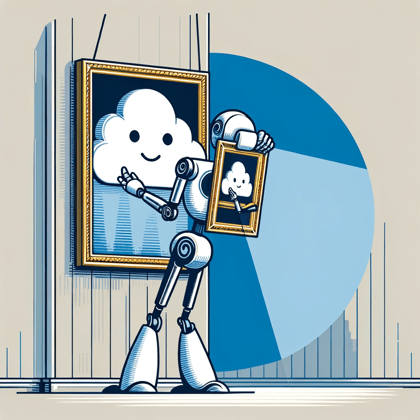
Demystify Image Resizing on the edge for your Optimizely solution

Optimizely Customers now have a choice between using CMS on either PaaS or SaaS

SaaS Core is Optimizely's latest CMS offering as part of its composable architecture

We describe Optimizely's newest Content as a Service offering Optimizely Graph and how you should be
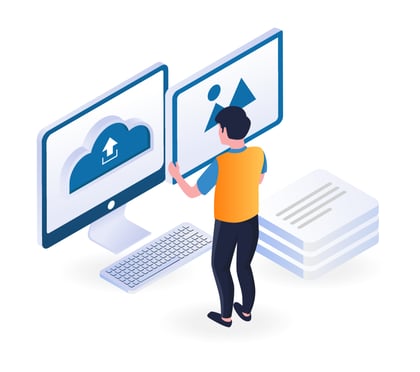
Straightforward RSS feed generation for your Optimizely solution with this NuGet package
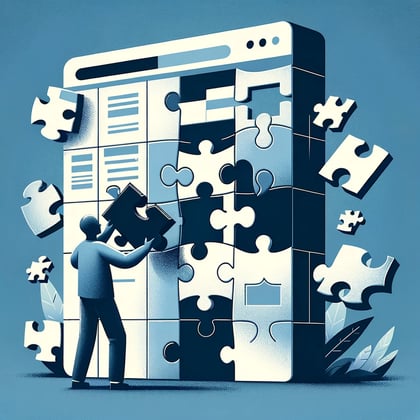
Headless vs Traditional doesn't have to be a hard choice. An Optionality approach gives you the best

We are proud to announce Optimizely has awarded Hidden Foundry with Specializations
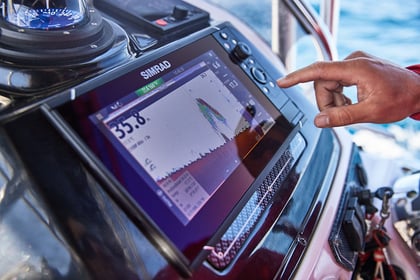
We discuss our experiences of working with Navico to refactor their single site into a multi-site so

We summerize our experience of working with FirstMile and helping them move over to Optimizely Comme

Grasp ODP and how it's AI and data consolidation enables insight driven conversions

We outline the benefits of upgrading your Optimizely solution to ASP.NET Core

Expand content area properties to load nested contact areas recursively to a customizable level

Redirect the user elsewhere instead of the default Optimizely login page when attempting to access a
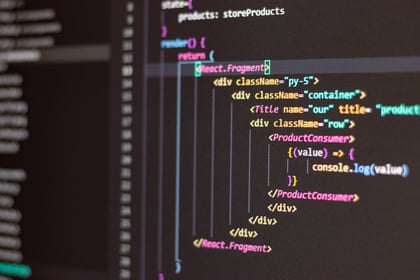
Learn to use CLI and dotnet command to create new cms / commerce projects and perform admin actions.

How to use friendly segments instead of query strings as parameters in your action method

Guide to implementing Srcset against img tags in an Optimizely solution